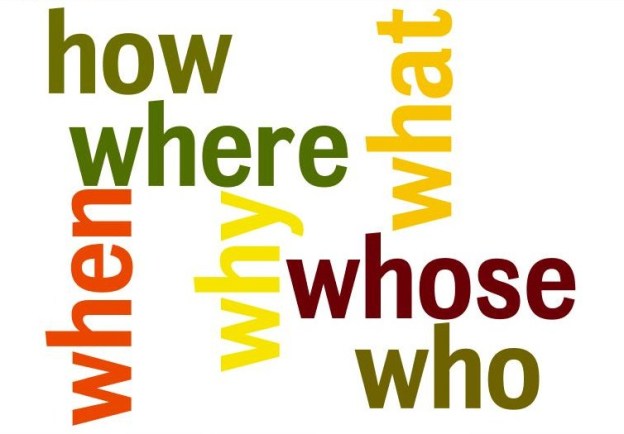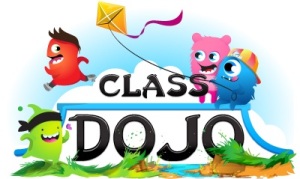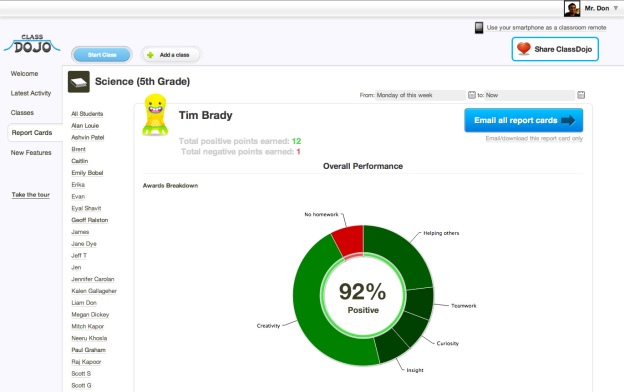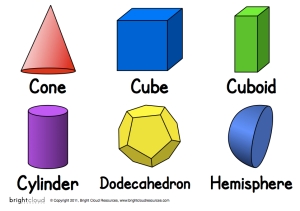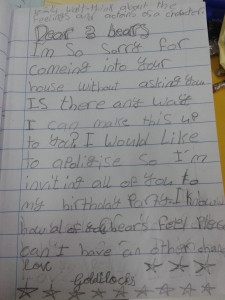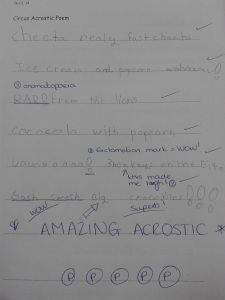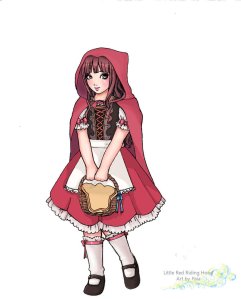Some Y2 phonics groups will be learning how to structure and punctuate a question sentence and we thought we would share an activity that all children would benefit from. We quite often notice children saying statements like “I can go to the toilet” when they mean to say “Can I go to the toilet?”
http://www.paul-hindemith-schule.de/family%20jobs/04_FAMILY_JOBS_GRAMMAR_QUESTIONS.htm
** Update **
Miss Marianne and 2 Yellow have given us a link to a great punctuation game that starts off easy and gets pretty difficult!
http://www.medwaydys.org/html_pages/games/punctionation_games.html
